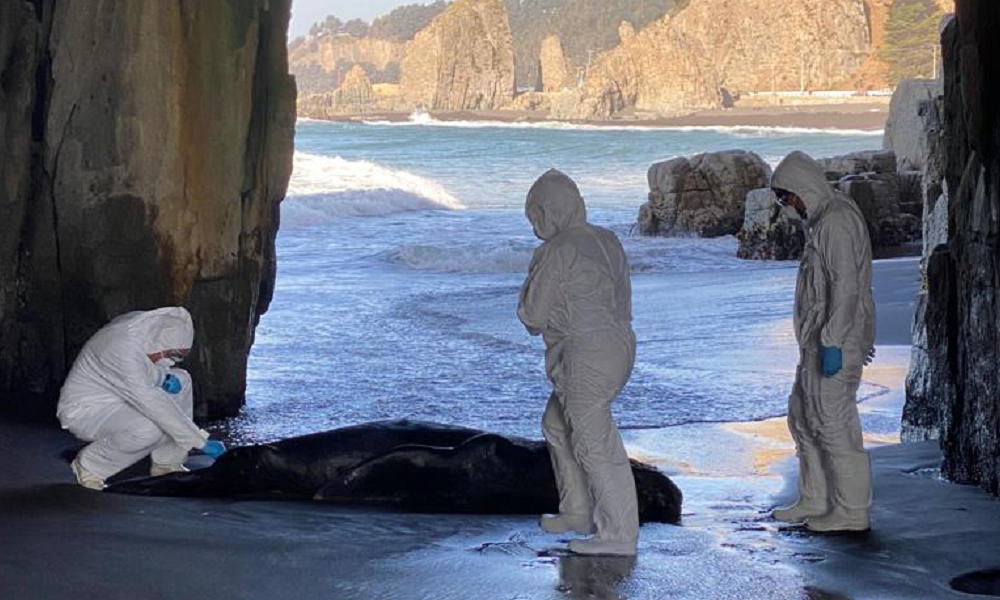Health
Suspected H5 bird flu outbreak kills hundreds of seal pups on sub-Antarctic island

Hundreds of dead seal pups have been found on Heard Island, where Australian scientists say they observed signs consistent with H5 avian influenza.
Australia’s Department of Agriculture said the observation has not yet been confirmed as bird flu, but scientists reported unusual levels of elephant seal deaths on the island, consistent with patterns seen in previous mass mortality events linked to avian influenza.
Australian scientists reported discovering hundreds of dead seal pups in the area, according to Reuters.
Samples have been collected and will be sent to Australia for confirmatory testing when the research vessel RSV Nuyina returns in mid-November. No abnormal mortality was seen in penguins or other seabirds.
Reuters reported that if confirmed, the detection would mark the farthest south the virus has spread in the Antarctic region since it first arrived from South America in 2023. The same strain has previously been found on the nearby French Kerguelen and Crozet Islands, less than 450 kilometers (280 mi) away.
Heard Island is part of the Heard Island and McDonald Islands external Australian territory. The agency stated that even if the virus is confirmed, it would not significantly increase the risk to mainland Australia, which remains the only continent free of the H5 strain.
The 2.3.4.4b clade of H5N1, first identified in wild birds in Asia around 2020, has since become the dominant strain globally. It spread rapidly across Europe and the Americas through migratory bird routes, leading to widespread outbreaks among poultry and wild birds and unprecedented spillover into mammal populations.
The virus has increasingly been detected in mammals, including large populations of sea lions, dolphins, foxes, and livestock.
Earlier this year, the United Kingdom confirmed the first known case of H5N1 in a sheep, and outbreaks in U.S. dairy cattle affected hundreds of herds across multiple states in 2024.
These cross-species infections have raised concern among scientists about the virus’s ongoing evolution and potential risks to humans.
According to data compiled by BNO News, more than 90 human infections linked to this clade have been reported worldwide since 2022, including 77 in the United States. Additional cases have been detected in the United Kingdom, Spain, China, Mexico, Chile, and Ecuador.

-

 Health2 days ago
Health2 days agoFrance confirms 2 MERS coronavirus cases in returning travelers
-

 Health4 days ago
Health4 days ago8 kittens die of H5N1 bird flu in the Netherlands
-

 Legal1 week ago
Legal1 week agoUtah Amber Alert: Jessika Francisco abducted by sex offender in Ogden
-

 US News1 week ago
US News1 week agoExplosion destroys home in Oakland, Maine; at least 1 injured
-

 Health1 week ago
Health1 week agoMexico’s September human bird flu case confirmed as H5N2
-

 Legal5 days ago
Legal5 days ago15 people shot, 4 killed, at birthday party in Stockton, California
-

 US News4 days ago
US News4 days agoFire breaks out at Raleigh Convention Center in North Carolina
-

 World1 week ago
World1 week agoWoman killed, man seriously injured in shark attack on Australia’s NSW coast




